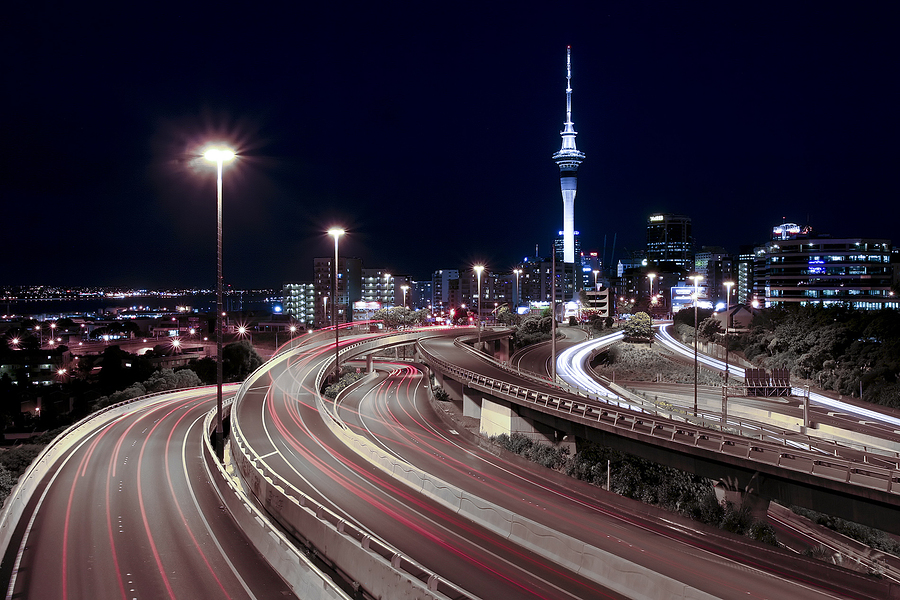Durable, low maintenance, cheaper to run, it was only a matter of time before local councils and the government turned their attention to LEDs to light buildings and roads. And with good reasons.
According to Mike Underhill , Chief Executive of the Energy Efficiency and Conservation Authority (EECA), if all of the country’s road lights were LEDs, it would save us about 100 gigawatt hours of electricity a year – which is the equivalent of powering over 11,000 homes.
Auckland Transport (AT), for example, looks after about 108,000 street lights and amenity lights, and the savings which could be realised through LEDs, as much with running costs as with maintenance cost, make them a proposition that is hard to resist. AT’s estimation is that they could save in the region of $36m over 20 years.
In the meanwhile, Wellington has been seduced by the technical side of LEDs and is determined to use them to create the first “smart” light network in the Southern hemisphere by taking advantage of the fact that they are also programmable. It could be applied as safety measures: installing street lights which track runaway dogs or flash outside a house waiting for an ambulance for example. City official could also adapt the intensity of the light to the need, i.e. making it dimmer when no one is around; and brighter when there is movement. Furthermore, lights could be controller remotely, through apps and computers.
However, although the legislative framework was reviewed to encourage road-controlling authorities to embrace the change, the expenditure LEDs represent and their technical restrictions have proved an obstacle to their adoption. The 70w High-Pressure Sodium lights for pedestrian-related use are powerful and affordable enough to make it commercially viable to replace them, but this is not yet the case for the higher powered luminaires for vehicle-predominant use and Auckland Transport is currently considering upgrading its light in 2 phases.
This March, the Road Lighting 2015 Conference in Auckland attracted an international crowd; a testament to the global appetite for more efficient energy solutions. In his speech, Chris Byrne, chairman of Lighting Council New Zealand, welcomed the news that the Minister of Transport, Simon Bridges, had confirmed that the Government would be funding LED conversion to accelerate the switch, but remarked that the strict regulations over the suppliers of road lighting was a hindrance.
He further commented that this not only slowed down the switch, but also the growth of a new industry in New Zealand which is stifled by technical specifications and cannot take advantage of all that the technology has to offer; eventually leaving New Zealand in a weak position compared to other countries.
Government entities are well known to be slow at catching up with new processes, but the imperative to produce savings, be sustainable, and the many ways in which LEDs are beneficial will no doubt be a great incentive to move forward and create an environment in which the LED revolution can happen.

